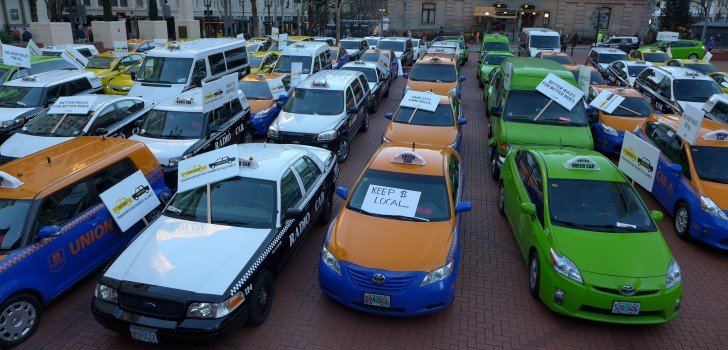Over this past weekend, United States authorities seized a semi-submersible vessel packed with greater than eight tons of cocaine off the coast of El Salvador. The homemade vessel was tracked by the U.S. Coast Guard, Navy and Customs and Border Protection agents as it slowly travelled through international waters. The U.S. Coast Guard had to intervene when a speedboat approached the submarine-like vessel. The 274 waterproof bales jampacked with 16,870 pounds of cocaine has an estimated value of hundreds of millions of dollars. Four smugglers were taken into custody by U.S. officials. These elaborate measures taken by drug cartels to smuggle their product into the United States and other countries require international policing, and as of now, there are 15 countries involved in a concerted effort to track down and destroy these drugs.
In the 1970s, smugglers used to transport their drugs into the United States in hand-delivered briefcases or by dropping them by aircraft. They eventually moved to using speedboats, fishing vessels and cargo containers as law enforcers began to catch up to their methods. In fact, just last month, Spanish police seized 440 pounds of cocaine found in hollowed-out pineapples on a ship from Central America.
In a further evolution of drug smuggling methods, drug cartels have increasingly used homemade semi-submersibles or submarines in an effort to evade sonar and radar detection. They barely reach above the water’s surface as they travel through the Pacific or Caribbean oceans on their journeys to the United States. Since last week’s bust, Colombian police have found true submarines under construction capable of diving 300 feet.
Even though there is an increased naval presence in the Caribbean, and even though drug smuggling crafts usually travel at a maximum speed of no more than 115 miles per hour, tracking them down is a challenge. Drug Enforcement Administration (“DEA”) official, Michael Sanders, said a few years ago that “[t]he ocean out there is so vast that looking for one of these things is like finding a needle in a haystack- in fact, it would probably be easier to find a needle in a haystack. . .When [the DEA] first started seeing them years ago they were kind of crude and home-built, but now they’ve become more sophisticated. These guys are starting to learn.”
In fact, it can take up to a year to construct these vehicles and cost up to $1 million. Each vessel can generally carry up to 10 tons of cocaine, with a market value of greater than $250 million. They are often about 100 feet long and made of steel, covered by fiberglass. Many are also fitted with sophisticated radio communications, navigation equipment and diesel engines that allow them to travel over 2,500 miles without refuelling. Inside, these crafts are pretty barebones. Sanders stated that “[t]here’s no comfort, no amenities. They are deathtraps.”
Stay Connected